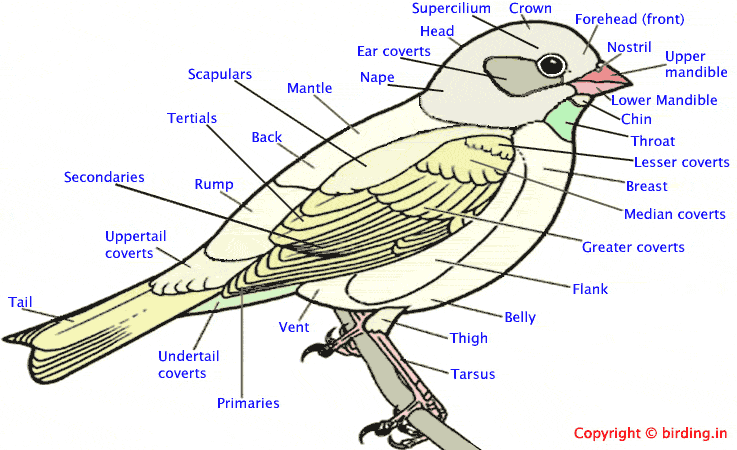Introduction to the animal kingdom:
The animal kingdom is the most diverse in appearance; it includes an incredible diversity of forms and lifestyles. Animals are multicellular, eukaryotic heterotrophs, whose cells lack cell walls. Only 5% of animals have a backbone, meaning that they are vertebrates and the other 95% are invertebrates. In order to survive, all the animals, according to their body plans, have evolved different ways to carry out essential functions:
· Feeding: herbivores eat plants, carnivores feed on other animals, filter feeders are aquatic and strain tiny floating animals and plants from the water around them. Some are detritivores and feed on pieces of decaying plant and animal material called detritus. Others, as parasites and form symbiotic relations.
· Respiration: this means to take in oxygen and give off carbon dioxide. Some animals rely on the diffusion of these substances through their skin, but most of them have evolved complex tissues and organ systems to respire.
· Circulation: animals that are only a few cell layers thick rely solely on diffusion. Larger animals have circulatory systems to move material around their bodies
· Excretion: excretory systems are needed to eliminate ammonia or convert it into a less toxic substance that is removed from the body.
· Response: animals respond to stimuli using nerve cells that in some animals, hook up and form a nervous system. The arrangement of these cells in the body varies from phylum to phylum.
· Movement: Most animals are motile (they can move). Muscles and skeletons enable animals to move around; however some animals live their adult lives attached to a single spot.
· Reproduction: Most animals reproduce sexually by producing haploid gametes, this contributes to genetic diversity and evolution. Other animals, especially invertebrates, reproduce asexually. This kind of reproduction allows animals to increase their numbers rapidly.
This picture shows evolutionary traits and relationships among kingdom animalia's phyla. During the course of evolution that produced these different groups, important traits evolved.
Complex animals tend to have high levels of cell specialization and internal body organization, bilateral body symmetry, a front end or head with sense of organs (cephalization), and a body cavity (development of a coelom)!
Phylum Porifera
Porifera are divided into 3 classes: Calcarea, Glass
Sponges, and Demosponges. Sponges are
multicellular, heterotrophic, have no cell walls and contain few specialized cells. The movement of water
through a sponge provides a simple mechanism for feeding, respiration,
circulation and excretion.
Sponges are asymmetrical and its body forms a wall around a large central cavity through which water is circulated continually. Choanocytes are specialized cells that use flagella to move a steady current of water through the sponge, this water enters through pores located in the body wall. Water then leaves thorugh the osculum, a large hole at the top of the sponge. They have
a simple skeleton. In harder sponges, the skeleton is made of spiny spicules, which is a spike-shaped structure
made of chalklike calcium carbonate or glasslike silica. Spicules are made by archaeocytes, which
are specialized cells that move around within the walls of the sponge. Softer
sponges have an internal skeleton made of spongin, a network of flexible
protein fibers. There are the sponges that are harvested and used as natural
bath sponges.
Reproduction in porifera
Sponges can reproduce either sexually or asexually. In most sponge species, a single sponge forms both eggs and sperm at different times. In sponges eggs are fertilized inside the sponge’s body, a process called internal fertilization. Sperm is released from one sponge and are carried by water. Archaeocytes carry the sperm to an egg, which is located in the wall of the sponge. After fertilization, the zygote develops into a larva. A larva is an immature stage of an organism. That looks different from the adult form. The larvae of sponges are motile and are usually carried by currents before they settle to the sea floor.Sponges can reproduce asexually by budding or by producing gemmules. In budding, part of a sponge breaks off of the parent sponge, settles to the sea floor, and grows into a new sponge. When faces with difficult environmental conditions, some sponges poduce gemmules which are groups of archaeocyte surrounded by a tough layer of spicules. Gemmules can survive freezing temperatures and drought conditions that would kill adult sponges. When conditions become favorable, a gemmule grows into a new sponge.
Respiration in porifera
Sponges rely on the movement of water though their bodies to carry out body functions. As water moves through the body cavity oxygen dissolved in the water diffuses into the surrounding cells. At the same time, carbon dioxide and other wastes such as ammonia, diffuse into the water and are carried away.

























